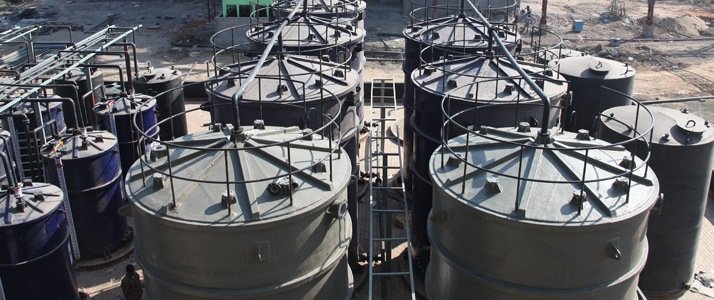Fiber Reinforce Polymers @ Structural Applications
Mostly worldwide used this material for following key points, also this material is played a vital role in this region. FRP can be applied to strengthen the beams, columns and slabs of buildings and bridges. It is possible to increase the strength of structural members even after they have been severely damaged due to loading conditions. In the case of damaged reinforced concrete members, this would first require the repair of the member by removing loose debris and filling in cavities and cracks with mortar or epoxy resin. Once the member is repaired, strengthening can be achieved through wet, hand lay-up of impregnating the fibre sheets with epoxy resin then applying them to the cleaned and prepared surfaces of the member.

Two techniques are typically adopted for the strengthening of beams, relating to the strength enhancement desired: flexural strengthening or shear strengthening. In many cases it may be necessary to provide both strength enhancements. For the flexural strengthening of a beam, FRP sheets or plates are applied to the tension face of the member (the bottom face for a simply supported member with applied top loading or gravity loading). Principal tensile fibres are oriented in the beam longitudinal axis, similar to its internal flexural steel reinforcement. This increases the beam strength and its stiffness (load required to cause unit deflection), however decreases the deflection capacity and ductility.
For the shear strengthening of a beam, the FRP is applied on the web (sides) of a member with fibres oriented transverse to the beam’s longitudinal axis. Resisting of shear forces is achieved in a similar manner as internal steel stirrup, by bridging shear cracks that form under applied loading. FRP can be applied in several configurations, depending on the exposed faces of the member and the degree of strengthening desired, this includes: side bonding, U-wraps (U-jackets), and closed wraps (complete wraps). Side bonding involves applying FRP to the sides of the beam only. It provides the least amount of shear strengthening due to failures caused by de-bonding from the concrete surface at the FRP free edges. For U-wraps, the FRP is applied continuously in a ‘U’ shape around the sides and bottom (tension) face of the beam. If all faces of a beam are accessible, the use of closed wraps is desirable as they provide the most strength enhancement. Closed wrapping involves applying FRP around the entire perimeter of the member, such that there are no free ends and the typical failure mode is rupture of the fibres. For all wrap configurations, the FRP can be applied along the length of the member as a continuous sheet or as discrete strips, having a predefined minimum width and spacing.
Slabs may be strengthened by applying FRP strips at their bottom (tension) face. This will result in better flexural performance, since the tensile resistance of the slabs is supplemented by the tensile strength of FRP. In the case of beams and slabs, the effectiveness of FRP strengthening depends on the performance of the resin chosen for bonding. This is particularly an issue for shear strengthening using side bonding or U-wraps. Columns are typically wrapped with FRP around their perimeter, as with closed or complete wrapping. This not only results in higher shear resistance, but more crucial for column design, it results in increased compressive strength under axial loading. The FRP wrap works by restraining the lateral expansion of the column, which can enhance confinement in a similar manner as spiral reinforcement does for the column core.
More uses:





